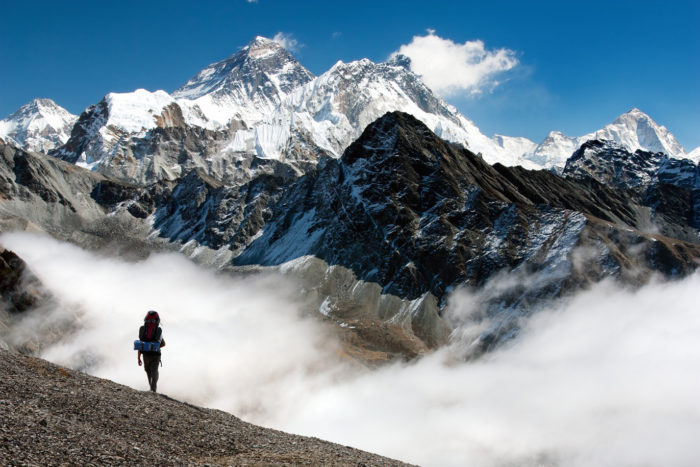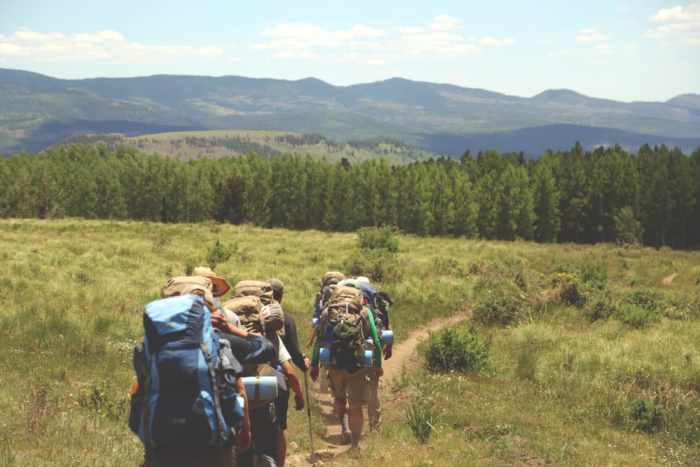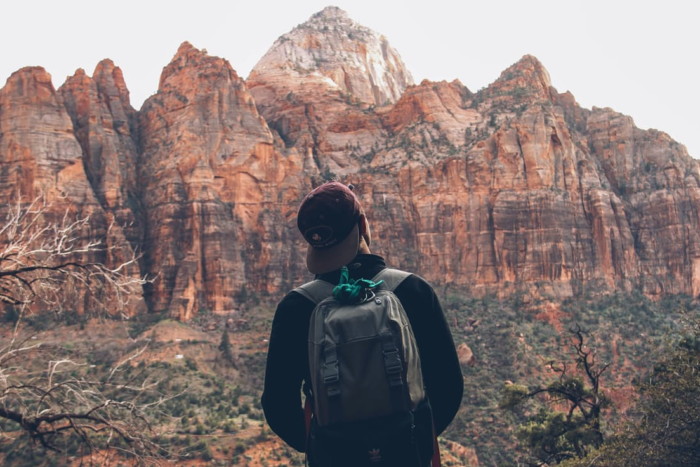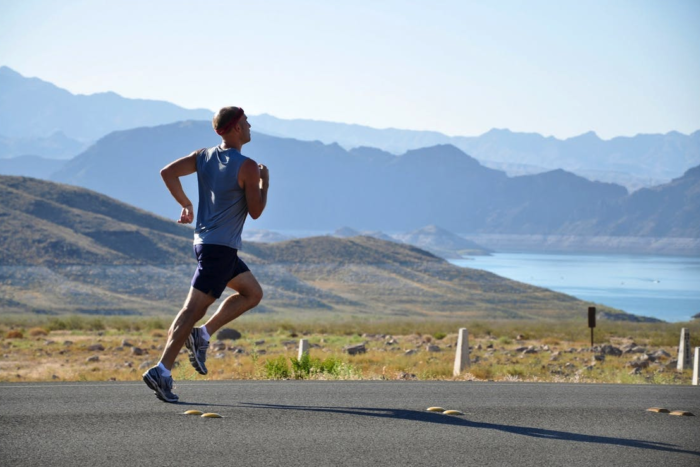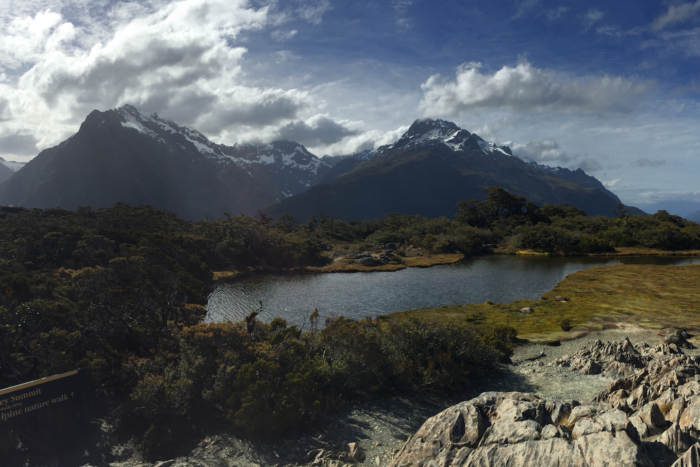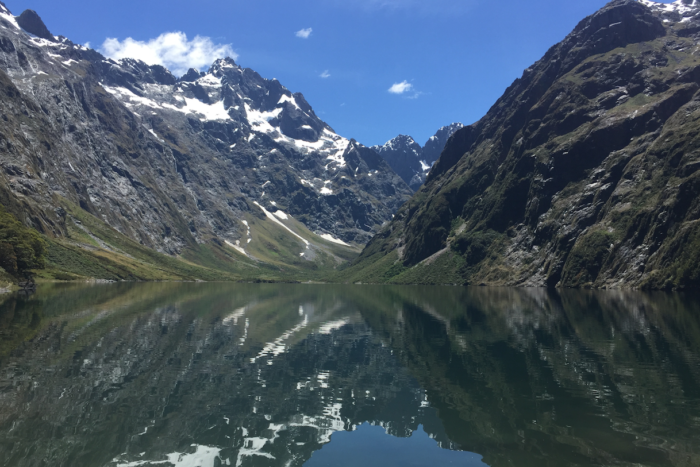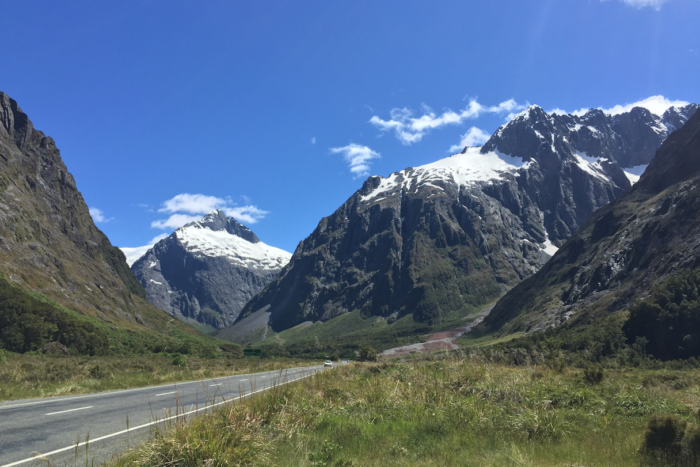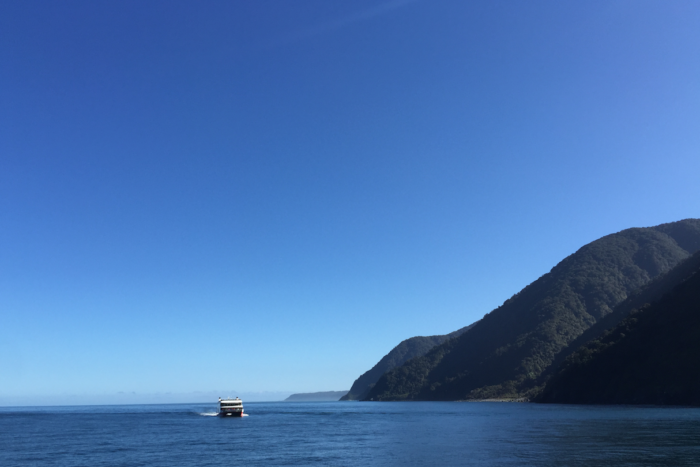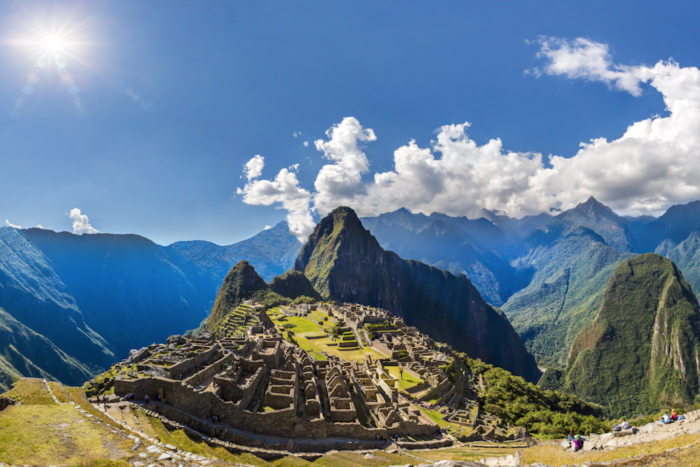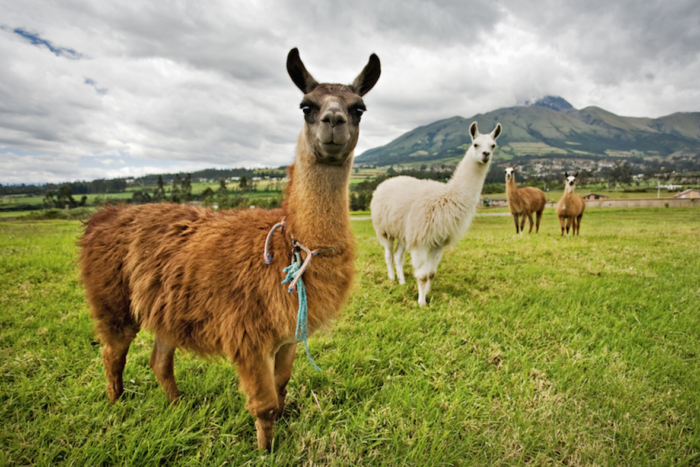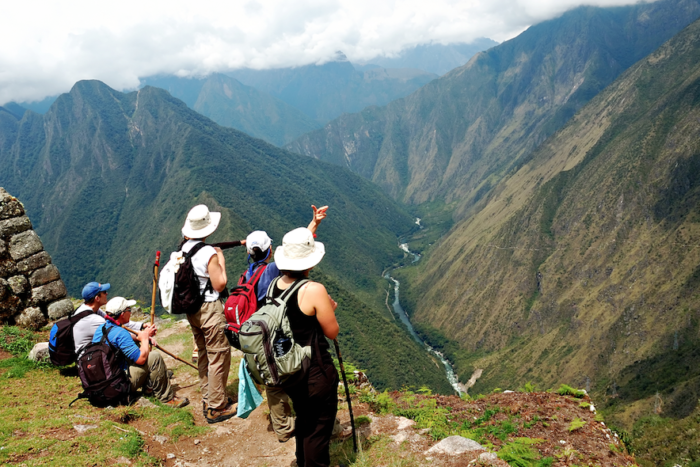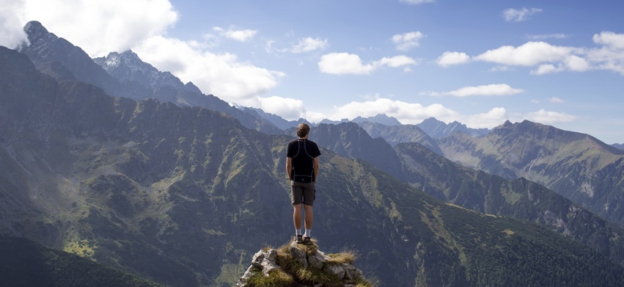Going for a hike seems like a pretty self-explanatory endeavour, right? Put one foot in front of the other, enjoy the scenery and navigate your whereabouts accordingly. While the motions are easy to put into play, there’s also such thing as ‘good hiking etiquette’ .
So before you lace up your boots, we’ve compiled some “unwritten rules” every good hiker should follow.
Leave Only Footprints
The most universal rule of hiking is to leave the untouched places you visit the way you would like to discover them. As the old adage says, ‘pack it in, pack it out.’ Dispose of waste properly and don’t leave anything behind – this includes organic waste like fruit peels, apple cores and seeds, and most notably, non-biodegradable materials such as plastic bottles, wet wipes, candy wrappers and so on. These waste products can pose great harm to native fauna and wildlife, pollute waterways and impact the experience your fellow hikers have on the trail.
Stop and Say Hello to Fellow Bushwalkers
This is probably an easy rule to follow, but we will say it anyway: you should always be polite and humble to others on your outdoor adventure. Your fellow hikers are a friendly bunch and often have some vital information about the trail they can pass on, like hazards ahead or camouflaged wildlife only locals know about.
Hike Quietly and Welcome the Sounds of Nature
Any experienced hiker will tell you that silence is golden while hiking. To enrich your experience on the trail, it’s recommended you try to keep your voice down, turn off external music devices and enjoy the great outdoors as Mother Nature intended.
Connect with your senses and listen to native birds chirping and water tickling down rocks, and soothe your nature- starved soul with the calming fresh air against your skin.
When Nature Calls…
So what do you do when nature calls and there isn’t a beckoning blue sign labelled ‘Toilets’ in sight? Unbeknownst to many, but there is actually toilet etiquette while hiking. It’s not too complex, but there are a few things to note. Before you seek out your location, ensure it is at least 100m away from water sources and campsites to prevent contamination – and also just to be considerate. Then simply dig a hole, do as natured intended and bury it with soil. If the inevitable strikes and you need to go number two, make sure you ditch the wet wipes and use biodegradable camp toilet paper – it will have a minimum impact on the environment you are visiting.
Set a Safe Pace
While it’s always encouraged to be relatively fit before you set off on a long pilgrimage, everyone’s fitness levels vary. Ensure you set a comfortable pace for the slower hikers so nobody falls too far behind. Alternatively, if people in your group prefer hiking at their own pace, choose a designated destination where you can all reconvene for refreshments or lunch.

























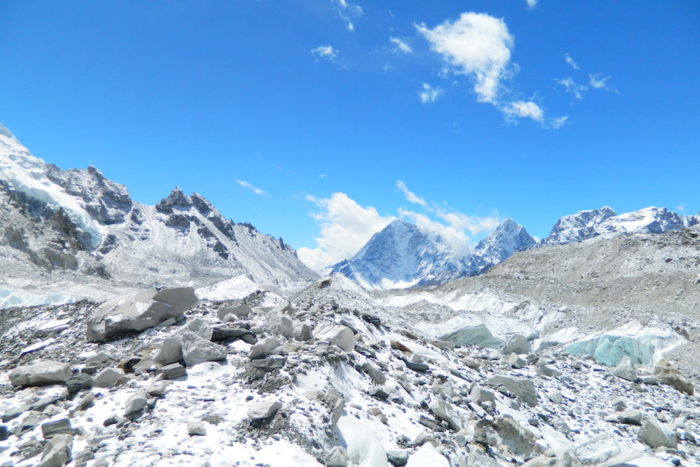
![Nepalese Yak [ File # csp6290348, License # 1319238 ]
Licensed through http://www.canstockphoto.com in accordance with the End User License Agreement (http://www.canstockphoto.com/legal.php)
(c) Can Stock Photo Inc. / neelsky](https://events.inspiredadventures.com.au/wp-content/uploads/2016/05/Nepalese-Yak-700x467.jpg)

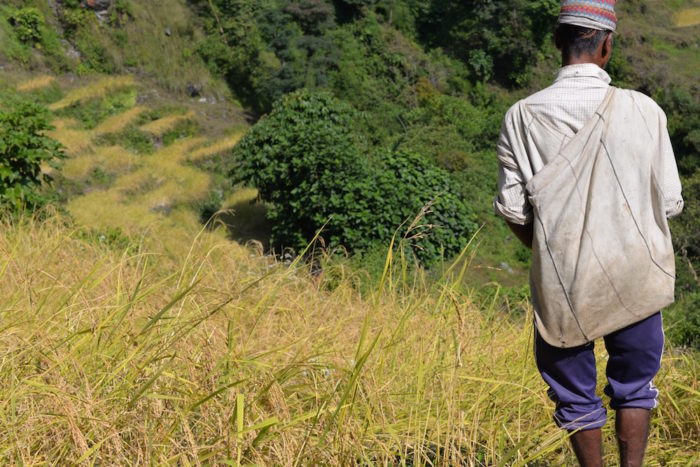
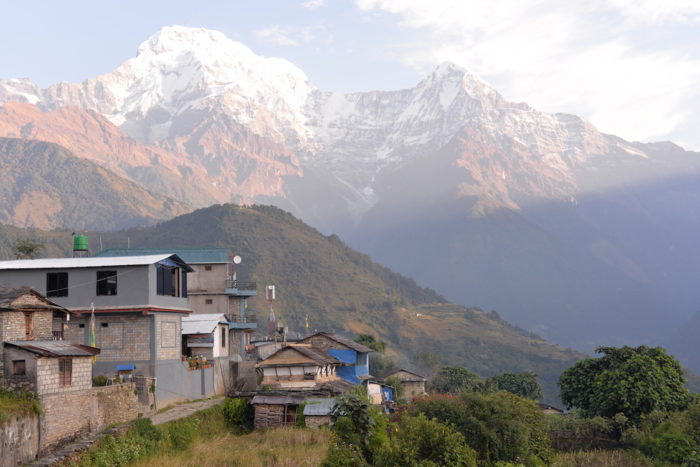
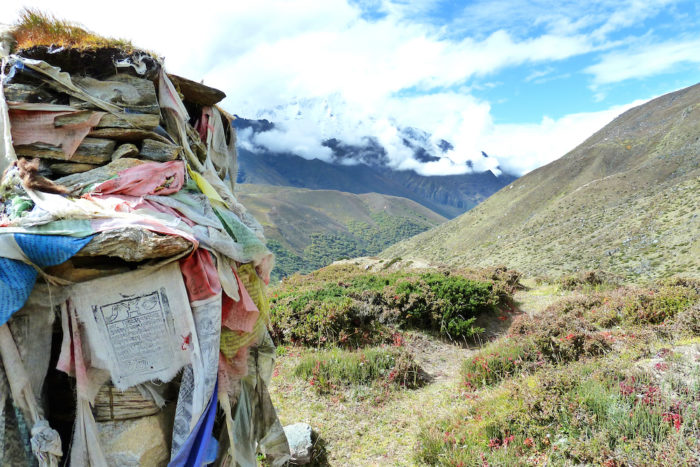
![Mount Everest [ File # csp7188786, License # 1319250 ]
Licensed through http://www.canstockphoto.com in accordance with the End User License Agreement (http://www.canstockphoto.com/legal.php)
(c) Can Stock Photo Inc. / bbbar](https://events.inspiredadventures.com.au/wp-content/uploads/2016/05/Mount-Everest-700x467.jpg)
